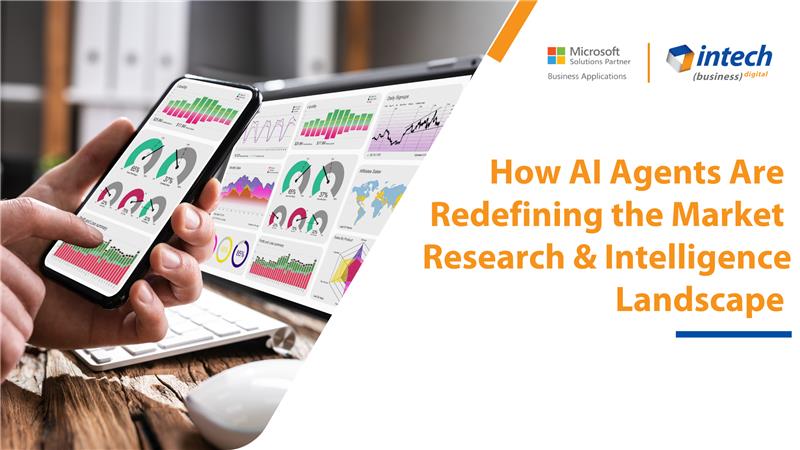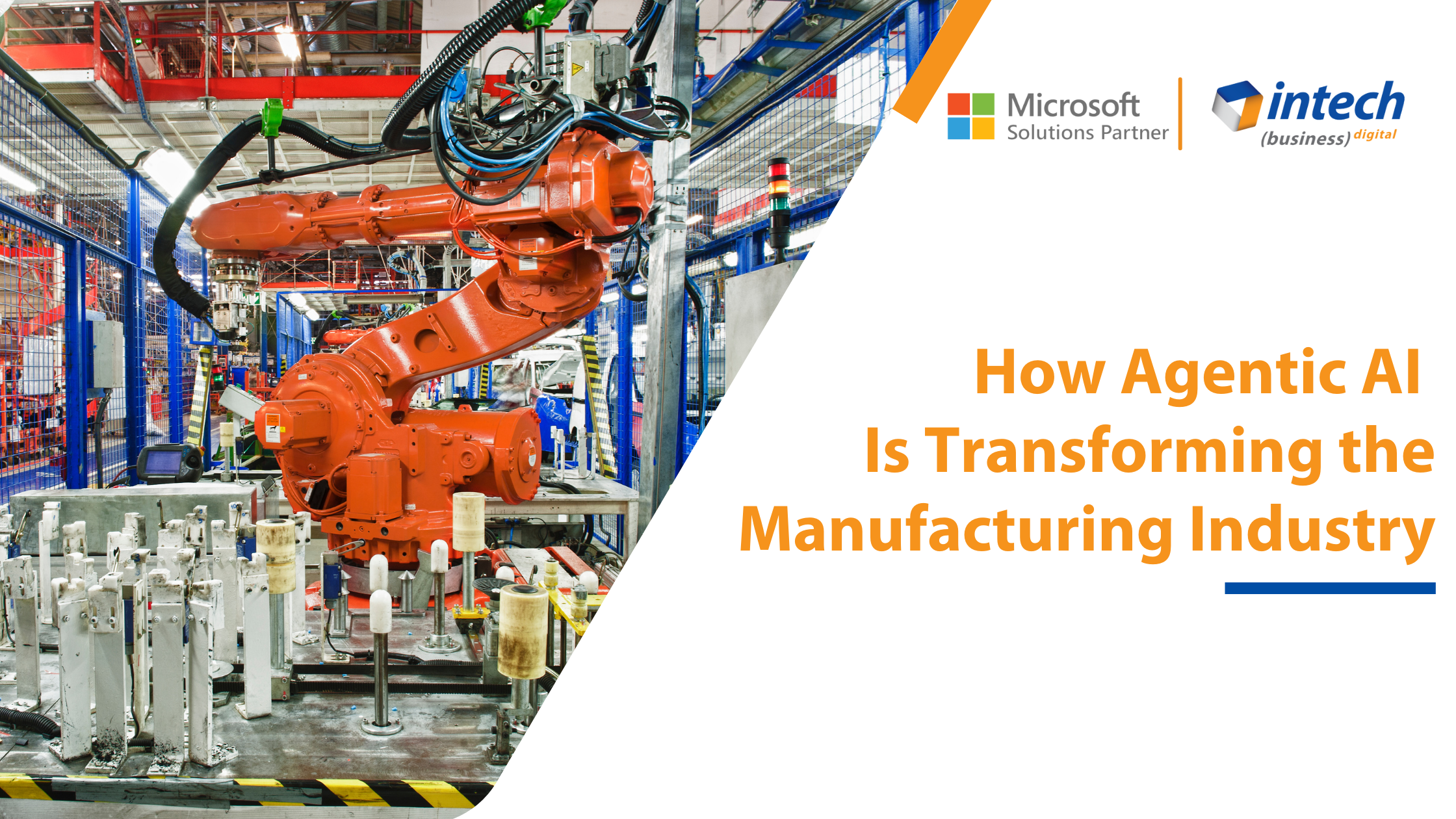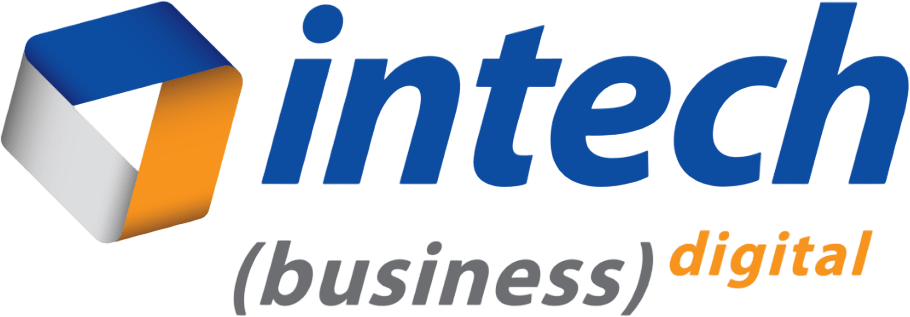Potential IoT Challenges in Business
Why Indian are still afraid to adopt Internet of Things for their business operations and productivities?
IoT has grabbed many eyeballs since its inception due to its capability of connecting N number of devices under one platform to the internet. However, the opportunities, many enterprises are still waiting to see how the technology evolves before adopting the technologies themselves.
Gartner predicts that 25 billion “things” will be connected to the IoT by 2020. Both Cisco and McKinsey Global Institute predict that the IoT will generate more than $10 trillion in the coming decade—with Cisco predicting the market could be worth $14.4 trillion by 2025. While the smartphone market was the quickest business to hit the trillion-dollar-mark in history, the IoT space is much larger in scope and is growing at an almost unthinkable clip—a report released earlier this year predicts that the IoT market will have a 43% CAGR through 2019.
But still, we know, technology can change the behavior of machine but can’t change the human behavior and the mindset. Issues like cost and security are one of the essential points, however, apart from these, there are many factors which business stakeholders are concern about adopting the IoT.
Uncertainty about systems and process
IOT consultant and customers don’t know the complete business process and with the adoption of IoT, many devices will be feed over an immense amount of data. The test will be on the scalability, reliability, security of the process. Systems will need to run faster, job skills will transform, tasks will be modified. The adoption process will be disruptive, but it will benefit the business worth.
The high cost of implementation
IoT is still at its early stage, and it is yet to reach the potential stage where it can bring down the system and implementation cost. The combined cost of the hardware and the implementation can put a hole in the pocket. Devices eventually will low down on the cost and many IoT service providers are working to fasten the implementation time. By leveraging the global delivery model, people and implementation cost will be taken down immensely.
Data privacy
Privacy is a subset of data protection. By engaging with the new system, the sensor data of the business are at risk of exposure to the outside world. A huge amount of data is vulnerable and is constantly in motion.
The latest research claims that by 2020, 25% of cyber-attacks will target IoT devices.
To avoid a data breach, many IoT service providers, network services and data carriers are working together to secure the data at rest and in transit. Collaborative efforts are necessary to take decisive action.
Job Security
Due to lack of skills and expertise, there will be a question on security of jobs. Talent with the technical know-how and the capability of quick decision making with business understanding is rare. But, with the time many organizations are making sure that they provide the complete knowledge to the resources.
Inadequate infrastructure
Many of the data in the organization are in a centralized manner, and due to an increase in the growth of data in real time, it is essential to have a sustainable solution. To make a switch from the centralized storage unit to the distributed cloud platform becomes easy and adapting infrastructure to manage IoT devices, sensors and data coming from it gets easily stored and managed.
Lack of standards
Every business has there set protocol to run its operations. To make a mark in the IoT sector, organizations must work with unique devices and software, which are equally varied. The different device has a different protocol to transmit data and it becomes difficult to manage the devices. To avoid misfit, an organization should enable cross-platform deployment. And, define the standard that suits their devices best.
Legacy systems
The centralized approach works well with the point of view of security, better control, and administrative ease. However, the problem occurs when the size and complexity of the devices out power the existing system. Exploring alternative network design which is strong and can reduce the load of the single system is helpful and required.
Conclusion:
One can see how IoT can be a challenge to implement. Although, with the right partner as well as knowing what exactly a system requirement is, implementing IoT can help to achieve the goals of the business. It can be a transformational reward. To know more about IoT and its impact feel free to contact us.
About Intech
Intech Systems is a three-cloud Microsoft-certified partner that boasts deep expertise in providing digital transformation solutions for organizations by leveraging the Microsoft 365, Dynamics 365, and Azure solution stack. Intech is recognized as a top-tier Microsoft implementation partner globally and specializes in transformative technology solutions such as ERP (Enterprise Resource Planning), CRM (Customer Relationship Management), Business Process Automation, Business Intelligence, Cloud Infrastructure, Data Management, Productivity & Collaboration and Generative AI (Gen-AI) solutions. As a trusted Microsoft Solutions Partner, we are capable of doing complex technology implementations catered to an organization’s specific needs & also rapid solution implementation such as our Microsoft Dynamics 365 Business Central implementation packages. We pair our implementations with end-to-end customer support, offshore development & 3rd party integrations. With offices in India, USA (United States of America), and Singapore, we work with clients across globe to empower businesses with cutting-edge technology solutions. Our latest services aim at delivering business ready AI solutions to the customer, like our Microsoft Copilot Consulting Services & Solutions for small, medium & large enterprises. Intech’s expertise lies in building software solutions for Manufacturing, Professional Services & Healthcare. Our Dealer Management System, Sales and Service CRM for Manufacturing, Field Force Automation for Pharmaceuticals and Manufacturing Central are some of our leading industry solutions. Intech’s vision is to catalyze digital futures for operation-centric industries globally, we are at the forefront of innovation, helping organizations drive growth and innovation like never before. Contact Us to learn more.
Recent Post




How can we help? - Talk to Dynamics 365 experts for your concerns
What's New

Top Reasons to Replace Dynamics GP with Business Central [2025]
Introduction: The clock is ticking for businesses still operating on Microsoft Dynamics GP. While it...

How AI Agents Are Redefining the Market Research Landscape
Do you know your competitors are decoding consumer behavior in hours using AI agents that...

How Agentic AI Is Transforming the Manufacturing Industry [2025]
Introduction Did you know that 91% of manufacturers are planning to increase their investment in...




